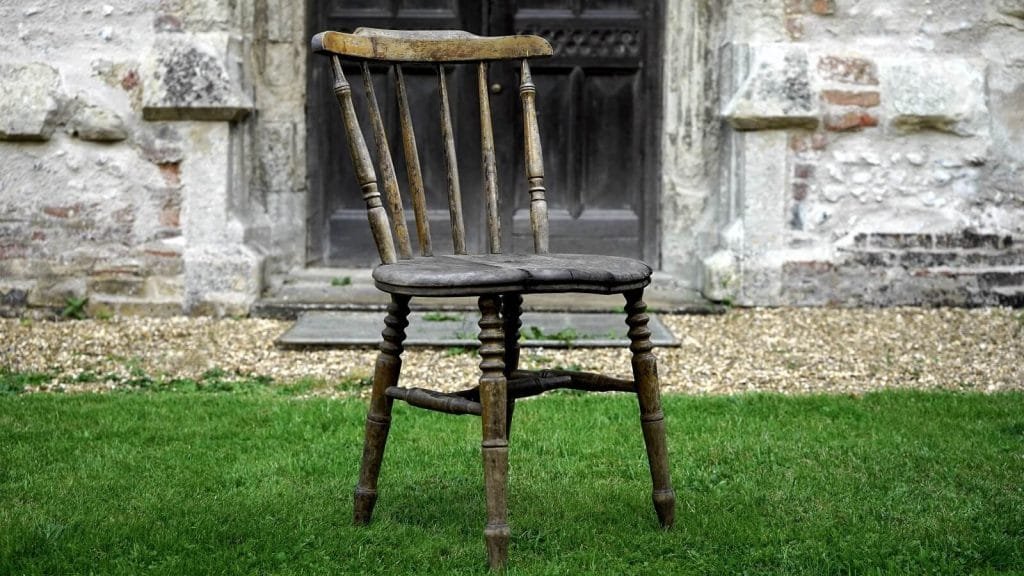5 Advantages and Disadvantages of Courtyards in Modern Architectural Design
Though a common feature of houses and buildings erected in the past, people are rarely seen incorporating this architectural feature in their custom design projects. This is largely due to the fact that the new generation is not familiar with its benefits. They largely dismiss it as outdated residential design features of the past.
However, small courtyards can be incorporated into modern house designs in Pakistan and also create a functional space for relaxation. Modern house designs in Eastern countries are making frequent use of courtyards to connect spaces within the house or houses.

Growing concerns over disease outbreaks and frequent quarantine sanctions make it necessary to have access to a safe and secure open environment in the comfort of a home.
Before we discuss what are the pros and cons of a courtyard we must first discuss the basics and introduction to a courtyard.
Defining Features of Courtyard:
An unroofed area that is completely or partially enclosed by walls or buildings, typically one forming part of a large house is referred to as a courtyard. The word ‘Court’ and ‘Yard’ originate from the same Latin term which roughly translates to enclosed space. Because it is placed in the centre of a building, it’s surrounded by walls or a defined boundary, thereby giving the element of security and privacy.
Courtyards are common elements in both Western and Eastern building patterns and have been used by both ancient and contemporary architects as a typical and traditional building feature and also aren’t restricted by their shape, they can be an open courtyard, small courtyard, square courtyard, or even central courtyard, the possibility of leaving an open area within the building helps it in terms of light through windows and air ventilation also.
What is a Courtyard in a House?
Recently, in modern architecture, open courtyards are most commonly seen in office spaces, apartment complexes, and universities, where students, people and workers can relax, eat, or talk to peers. Even hospitals and care facilities are known to use courtyards to give their patients time outside in the sun.
 “There’s no peace like the peace of an inner courtyard on a sunny day.” – Yann Martel, Life of Pi
“There’s no peace like the peace of an inner courtyard on a sunny day.” – Yann Martel, Life of Pi
Advantages of Including Courtyards in Residential Design or Buildings
The following positive aspects of the courtyard are worth a glance:
1. Harmony with Nature:
A courtyard can help bring natural light into the home, which can reduce the need for artificial lighting and save energy. Having a central courtyard allows an easy passage for the air and lights to penetrate the home, and all the surrounding rooms are given easy access to light and enhanced air crossing as well, as they are connected to the courtyard via windows.
It also can allow building designs, whether residential, commercial, hospitality or corporate to incorporate natural elements, such as plants, water, and stone, which can improve the aesthetic quality and provide a connection to nature.

It can provide natural cooling, air circulation and ventilation, which can help reduce energy costs. Additionally, an open courtyard provides an opportunity for living a sustainable lifestyle with the perks of landscaping and gardening, which can be a rewarding and relaxing hobby.
2. Elevated Lifestyle:
A courtyard provides additional outdoor living space under the open sky that can be used for relaxation, entertaining, cooking or having new hobbies like starting a garden or a small vegetable patch.
 Picture Courtesy of Evgenia Basyrova
Picture Courtesy of Evgenia Basyrova
It is a viable private outdoor space that is separate from the rest of the neighbourhood. It can be used as a safe outdoor space for pets to play and exercise. Also allowing for an open space for kids for sleeping outside, allowing them to be one with nature and with their castle and palace games, and use the courtyard to experience more with the other kids in the city.
3. Aesthetics
A courtyard can add visual interest and beauty to the home. It serves as a smooth transition space between the interior and exterior of the home.
 Picture Courtesy of Mike B
Picture Courtesy of Mike B
It creates a sense of openness and spaciousness within the home for homeowners and visitors alike.
4. Privacy and Security
As a courtyard is surrounded by walls of the building, generally in many cases it is surrounded on three sides with rooms with windows and thus it can provide a safe outdoor enclosure for children, adults, and pets.
It is a comfortable space for people to interact with their nature and community without fear of outside intervention.
5. Increases Property Value:
A well-designed courtyard can add value to a property. They can be used to house modern art installations, fountains, trees, simple grass on the ground surrounded by rooms, or even indoor ponds. Usually, people incorporate swimming pools in courtyards which makes an attractive feature in the real estate market.

Before making a decision it is wiser to be aware of the unforeseen cost of maintenance by including the courtyard feature and the necessary upkeep that comes with it.
“Architecture is really about well-being. I think that people want to feel good in a space.” -Zaha Hadid
The Disadvantages of Courtyards in Modern Architecture:
1. Maintenance and Upkeep:
A courtyard may require additional maintenance, such as watering plants, sweeping, and cleaning. The majority has to hire extra help for it.
Getting a new courtyard incorporated into an old house can be an expensive construction project. Limitations of space or funds can prevent the expansion of space to include bigger features like a pool or pond.
2. Hazardous to Health and Safety:
A courtyard may not be as secure as a completely enclosed outdoor space, as a courtyard opens up many more points of potential entry other than the main entrance.
Noise pollution, insect infestation, animals, and loitering may be common occurrences due to the locality of the building or the surrounding environment. Seasonal extremities may also discourage the use of open spaces all year round.
3. Privacy:
A courtyard may not provide as much privacy as a completely enclosed outdoor space. It may not be as safe as a completely enclosed outdoor space, as it may be more open to the public, for example, your immediate neighbour.
 Picture Courtesy of Steve Johnson
Picture Courtesy of Steve Johnson
Factors like surrounding populated buildings like an apartment complex and public places may allow view access from the open area. From neighbours or passersby, from above or below.
4. Limited Lifestyle:
The courtyard may consume valuable space which is required for extra room for storage, and housing guests.
It may not receive as much natural light or ventilation due to surrounding buildings or environmental factors. If the user is not comfortable sitting in open areas, they could prefer indoors more than outdoors. This may have an adverse impact on lifestyle.
5. Greater Consumption:
Courtyard may need additional help with artificial ventilation and lighting due to climatic conditions. It may incur additional energy consumption due to the usage of resources to make it habitable in severe weather conditions. As more windows are opening in the courtyard, considering if it’s a central courtyard it would be surrounded on four or even three sides with rooms. This allows the heating and cooling of the rooms compromised if normal windows are used.
 “We have much to learn about how our ancestors lived and built, how they understood and constructed spaces with natural materials, intently studying nature to keep its elements at bay or embrace them lovingly.” -Jincy Iype
“We have much to learn about how our ancestors lived and built, how they understood and constructed spaces with natural materials, intently studying nature to keep its elements at bay or embrace them lovingly.” -Jincy Iype
We, Primarc Studio, recognize that the courtyard may not be for everyone, it’s very much dependent on the preferences of the client. They should be well accustomed to its pros and cons before they opt for a courtyard in their home. Overall, a courtyard can be a beautiful and useful feature, but it is also important to consider incorporating it with careful planning and design. If done correctly, a courtyard can be a valuable addition to any residential or commercial project alike.



 “There’s no peace like the peace of an inner courtyard on a sunny day.” – Yann Martel, Life of Pi
“There’s no peace like the peace of an inner courtyard on a sunny day.” – Yann Martel, Life of Pi “We have much to learn about how our ancestors lived and built, how they understood and constructed spaces with natural materials, intently studying nature to keep its elements at bay or embrace them lovingly.” -Jincy Iype
“We have much to learn about how our ancestors lived and built, how they understood and constructed spaces with natural materials, intently studying nature to keep its elements at bay or embrace them lovingly.” -Jincy Iype











